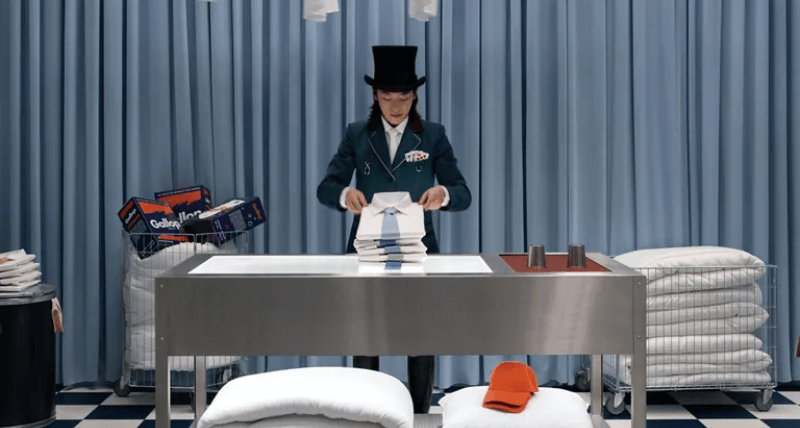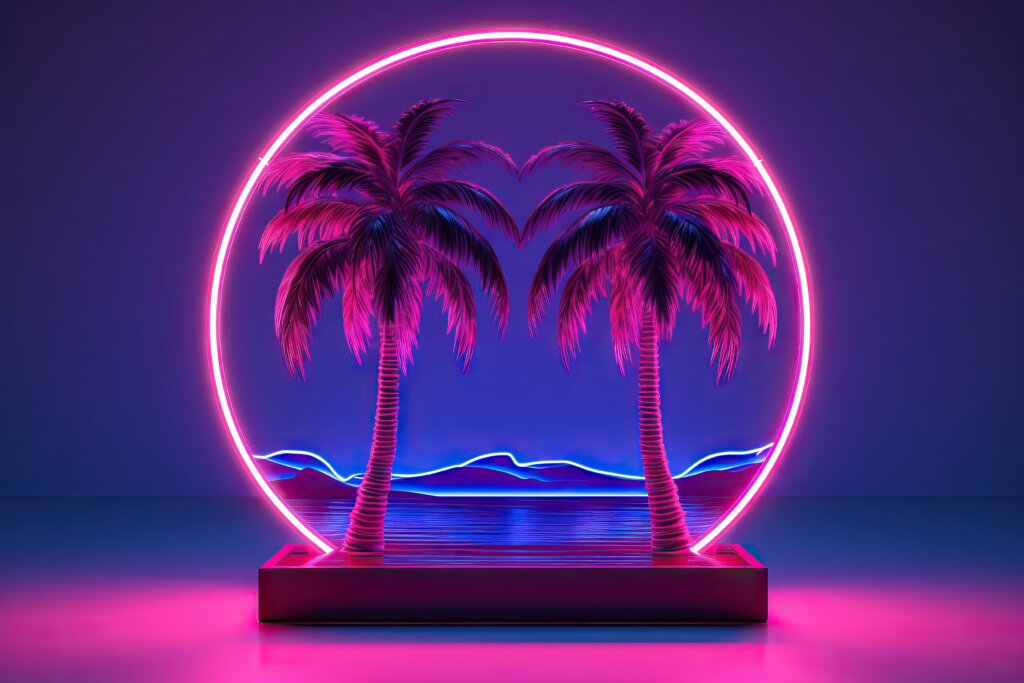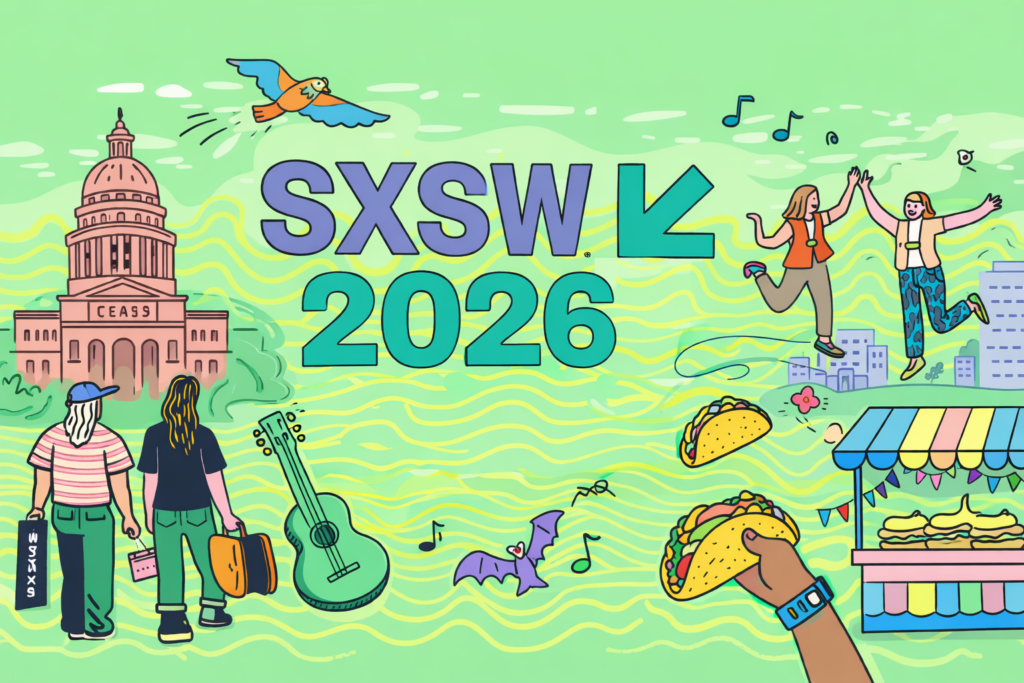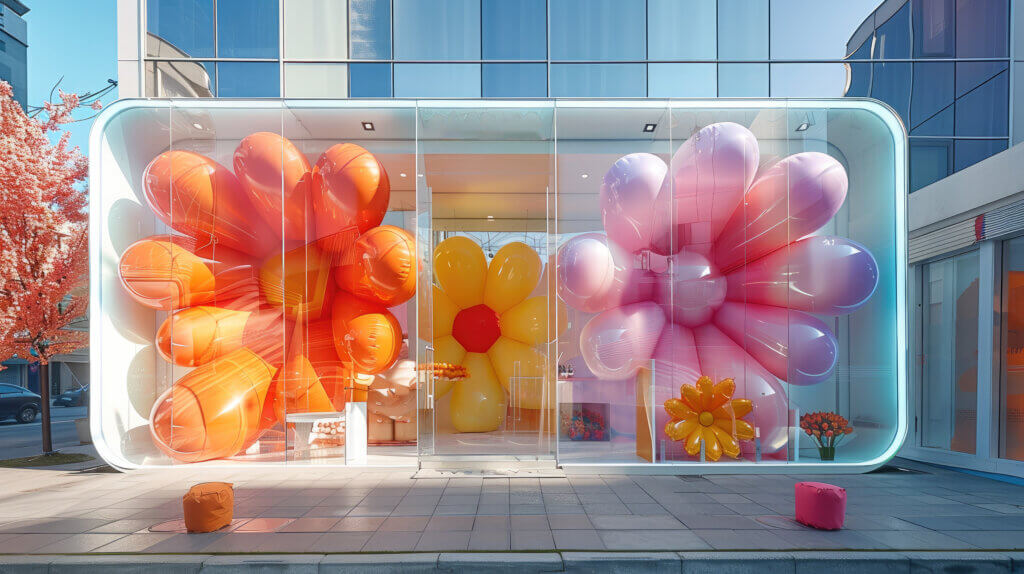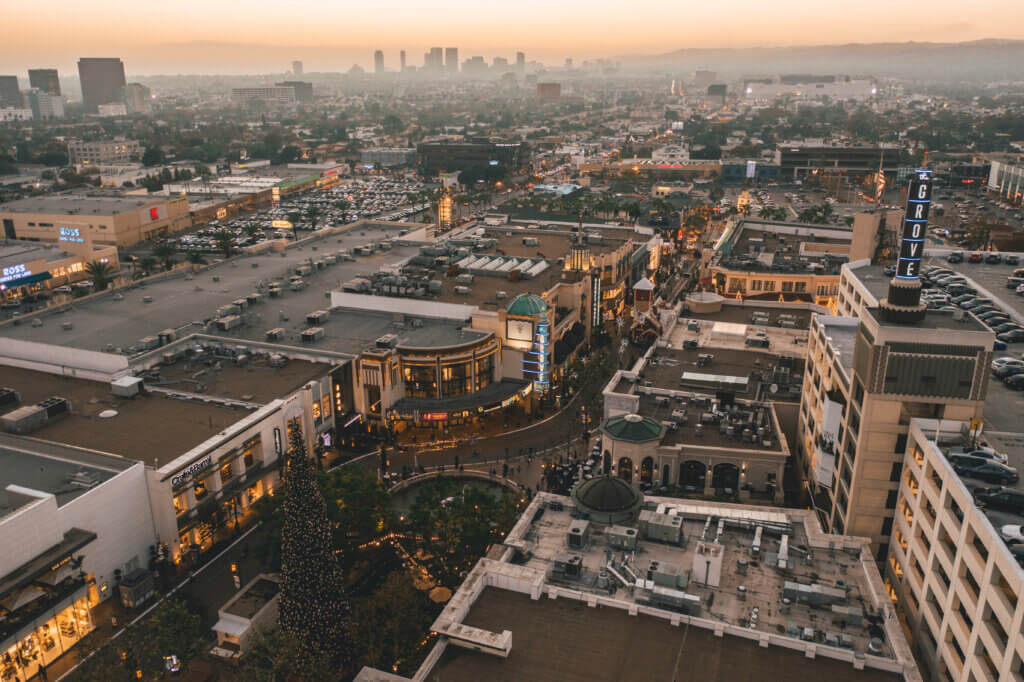The world of brand experiences in 2025 is more ambitious than ever. Brands are moving far beyond standard events and creating immersive environments that blend storytelling, status signaling, and cultural relevance.
From Hermès’s high-design mystery game to a Wall Street padel tournament, here’s how leading brands are engaging audiences this year.
Table of Contents
1. The Rise of Immersive Mysteries
Consumers no longer want to just attend events. They want to be part of the story.
Hermès’ “Mystery at the Groom’s” in New York exemplified this shift. Guests stepped into a cinematic world at Pier 36, where they followed clues to solve the disappearance of a prized horse. It wasn’t simply a showcase of products; it was an elegant narrative brought to life through immersive design and interactivity.
Another standout is Punchdrunk’s “Viola’s Room” at The Shed in Hudson Yards. Participants wander barefoot through darkened corridors, guided by an audio narrative. The experience blurs the line between theater and game, offering an intimate, poetic form of exploration.
These are not escape rooms. They are elevated experiences, designed for discerning audiences who crave sophistication and mystery.
2. Racket Sports as New Status Symbols
Racket sports have surged in popularity and become a cultural touchpoint. Once limited to private clubs, tennis, pickleball, and padel are now thriving in mainstream culture, signaling not just fitness but lifestyle and status.
The 2025 Litquidity Classic, hosted in New York by Avenue Z and Litquidity, captured this momentum. More than a padel tournament, it became a lifestyle moment where finance professionals competed for a $5,000 prize pool amid cocktails, music, facials, and brand pop-ups inside Reserve Padel’s members-only facility.
This surge in racket sports popularity ties to several cultural currents. Old-money aesthetics and preppy fashion trends have resurfaced. People are seeking rituals and communities as a way to slow down and connect offline. Meanwhile, the internet has transformed tennis and padel into microtrends driven by fashion collaborations, viral creators, and nostalgic visuals.
Brands are seizing the moment with creative partnerships. KITH teamed with Wilson for a tennis capsule collection. New Balance collaborated with Miu Miu and Coco Gauff. Adidas partnered with Sporty & Rich for retro court style. Even Aman has enlisted Novak Djokovic as a wellness advisor, merging sport and luxury hospitality.
Racket sports have become a potent symbol of fashion, wealth, and social connection. Brands who understand this cultural moment are leaning in to create experiences that blend sport with lifestyle.
3. Elevated Festival and Cultural Playgrounds
Festivals have become strategic playgrounds for brands seeking to deliver more than just product sampling. The focus now is on creating transformative spaces where consumers can immerse themselves fully in a brand’s world.
At Governors Ball in New York, BeatBox created a subway-car installation with graffiti walls and photo stations, while Don Julio delivered a multisensory bar experience. In Miami, Moët built beachside lounges during Formula 1 weekend, blending luxury with the casual summer vibe. Coachella off-site activations in Los Angeles saw brands like Pinterest and Aperol creating engaging lounges, trivia spaces, and creative workshops.
These experiences are designed to be visually stunning, social media friendly, and culturally relevant. They invite people not only to visit but to linger, participate, and share.
4. Gamified Brand Interactions
Brands are turning events into interactive games to deepen engagement and make memories stick.
SB Nation’s “On The Clock” event during the NBA Draft transformed Sei Less in New York into a multi-zone playground. Guests explored hidden speakeasies, interactive photo lounges, and unique giveaways, turning a sports event into a brand narrative.
In Miami, the Paradox Museum has emerged as a destination where optical illusions, upside-down rooms, and mirror mazes create shareable, mind-bending experiences. Across markets, brands like Pinterest and Aperol are adding trivia games and creative challenges to their pop-ups, giving visitors reasons to participate rather than passively observe.
Gamification makes brand activations more dynamic and ensures attendees leave with vivid memories—and often social content.
5. Content and Community Are Blurring Together
One of the biggest shifts in 2025 is the merging of live events with content creation.
Creators like Morgan Riddle and Paige Lorenze have brought new audiences into tennis culture by transforming behind-the-scenes tours into viral TikTok content. Events like the Litquidity Classic become not just gatherings but social currency, amplified far beyond the walls of the venue.
The event is no longer the endpoint. It’s the beginning of a story that brands continue to tell across platforms, channels, and audiences.
The Future Is Immersive, Social, and Status-Driven
The best events in 2025 share common DNA. They are immersive and narrative-driven. They reflect cultural signals of status and lifestyle. They encourage participation rather than observation. And they produce content that lives on well beyond the day of the event.
At Avenue Z, we are excited to keep pushing these boundaries, whether that means crafting an elegant mystery, harnessing the cultural power of sport, or transforming an event into a viral moment. If our Litquidity Classic is any indication, the appetite for innovative experiences has never been stronger.
Ready to build your next brand-defining moment? Let’s connect.

